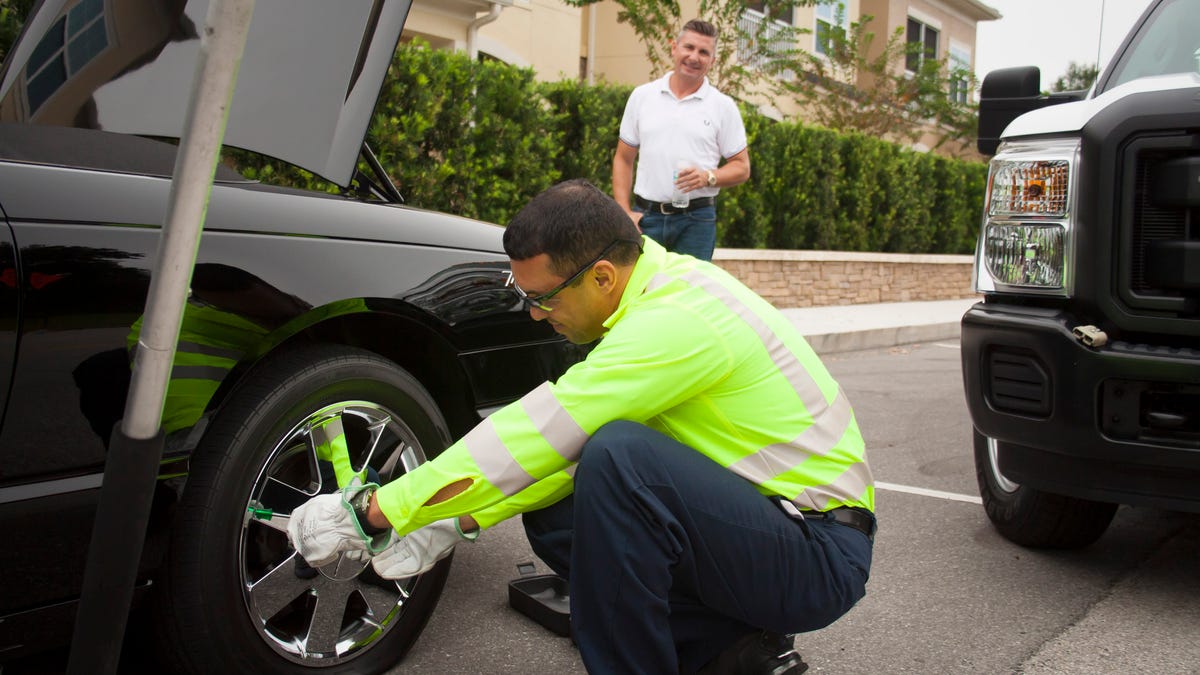AAA wants spare tires back in new cars, fuel economy be damned
Spare tires and inflator kits are vastly different technologies, each with benefits and drawbacks.

Are you really willing to forgo the ability to swap your own tire in exchange for a nearly unnoticeable bump in fuel economy?
Does your car have a spare tire, or an inflator kit? If you don't know, you could be in for a surprise when you run over an errant nail. Automakers are increasingly removing full-size or temporary spare tires in favor of tire-sealant kits, which confers several benefits...for the car. According to AAA, what benefits the manufacturer is only hurting the person stuck on the side of the road, and the group is calling for the return of spare tires.
"Despite advances in vehicle technology, we have not seen a decline in tire-related calls over the last five years," said John Nielsen, a director for AAA's engineering and repair division.
Automakers have been removing spare tires for a number of reasons. Primarily, it helps cut down on vehicle curb weight. The rule of thumb states that every 100 pounds taken out of a car improves its fuel economy by roughly one percent. However, inflator kits only save around 30 pounds, according to the American Automobile Association. So, if your 40 mpg sedan loses its spare, fuel economy should rise to a barely-
Inflator kits work by covering the puncture and preventing it from losing any more air. The system shoots sealant into the tire, and it migrates to and cuts off the leak when the tire is filled back up. In a best-case scenario, you can be back on the road within minutes.
However, that best-case scenario is not a frequent one. In fact, there are far more situations where a spare tire would work just fine, but inflator kits will not. If the hole is too large (because the item that caused the puncture fell out of the tire), the sealant won't hold. The kits are all but useless for full-on blowouts and any sort of sidewall damage, as well. Those stuck with sealant have no choice but to call for a tow at that point, which can be time-consuming and expensive.
The lessening availability of spare tires is also having an effect on general maintenance-related knowledge. In a statement, AAA states that 20 percent of drivers aged 18 to 34 do not know how to change a spare tire, in comparison to just 10 percent of drivers 35 to 54.
The next time you're out by your car, or you're at the dealership looking for a new one, take note of what equipment is included and adjust your side-of-the-road expectations accordingly. It might also be a good idea to head to YouTube to brush up on your know-how.
You know a situation is dire when the American Automobile Association is calling for a change that could very well lower the public's reliance on its services.

